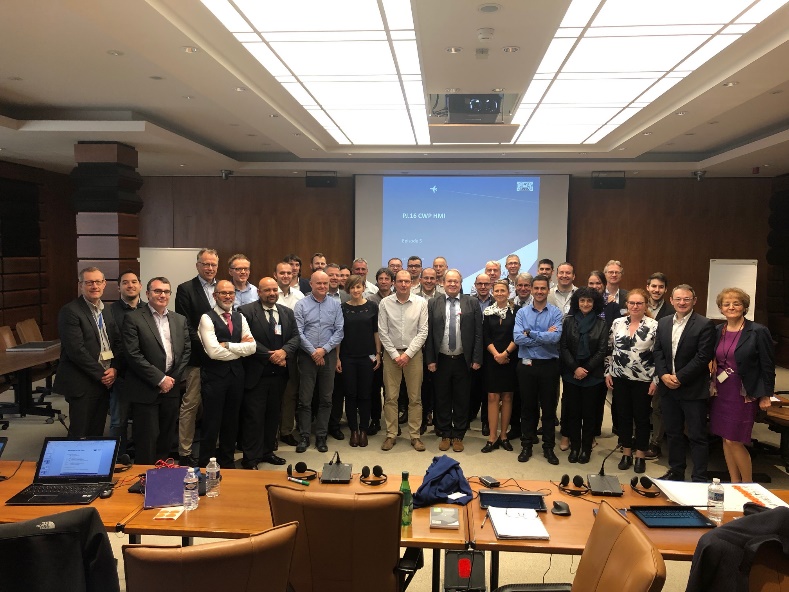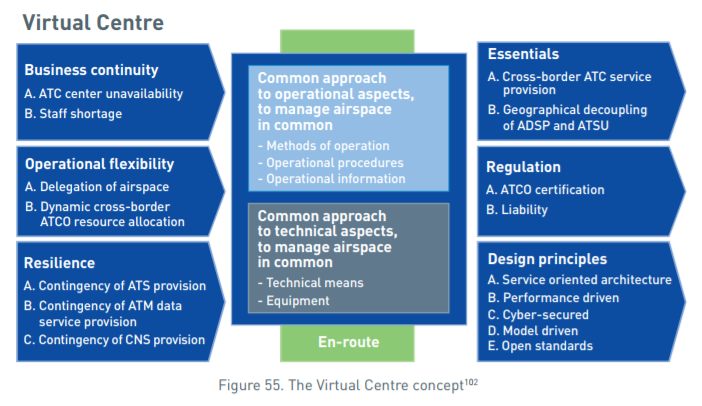
Some 40 SESAR members and partners, including air navigation service providers and manufacturers met on 14 May in Brussels to share progress on the virtual centres –viewed as a key enabler for more flexible and efficient air traffic service provision in Europe.
With virtual centres, Europe is breaking away from the conventional architecture for air traffic management. These centres aim to decouple the physical controller working position (CWP) from the remote provision of ATM data and technical services, such as flight data distribution and management, as well as surveillance data. The aim is to enable greater flexibility when it comes to organising air traffic control operations and, in doing so, seamless and more cost-efficient service provision to airlines and other airspace users.
Having successfully validated the technical feasibility of the solution in SESAR 1 (B04.04) SESAR members and partners are now working together in SESAR 2020 (PJ.16-03 and PJ.15-09) to take the solution out of the lab into a real operational environment for validation, focusing on three use cases: rationalisation of infrastructure, contingency and delegation of airspace.

From a technical perspective, SESAR partners have shown the feasibility of separating data service provision from the CWP, introducing the notions of the virtual centre air traffic service units (VC ATSU) and ATM data service providers (ADSP).
From an operational perspective, the solution opens up possibilities to optimise capacity through such measures as delegation of (cross-border) airspace, advanced air traffic flow and capacity management (ATFCM) and contingency measures. All of which will enable the system to become more flexible and resilient.
The progress made on virtual centres is timely given the traffic situation in Europe - the solution has been identified as potential capacity enabler in the recently published Airspace Architecture Study and the report of the Wise Persons Group. Both look into the future of European air traffic management and the steps need in order to address airspace capacity shortages.
The workshop participants were presented eight use cases of future applications, identifying the importance of each topic and the timeframes when such a technology would be required, respectively when realistically such technology can become available.
The SESAR work on virtual centres will continue in October this year with project partners testing the feasibility of multi-site connectivity. This will lay the foundations for a large-scale demonstration of the solution and aforementioned use cases. As indicated in the Airspace Architecture Study, the aim is to put in place the enabling framework between now and 2025 with full implementation of virtual centres by 2030.
Read more about virtual centres:
SESAR Solution 'Delegation of air traffic services (ATS) and contingency
SESAR solution: Workstation, service interface definition and virtual centre
